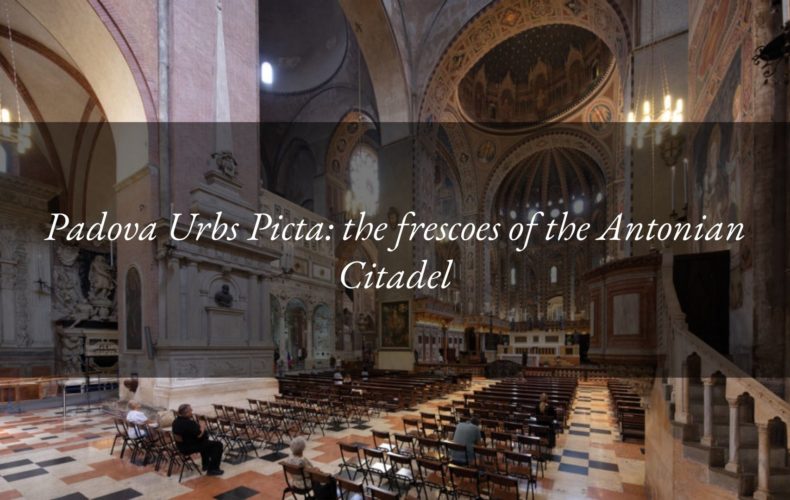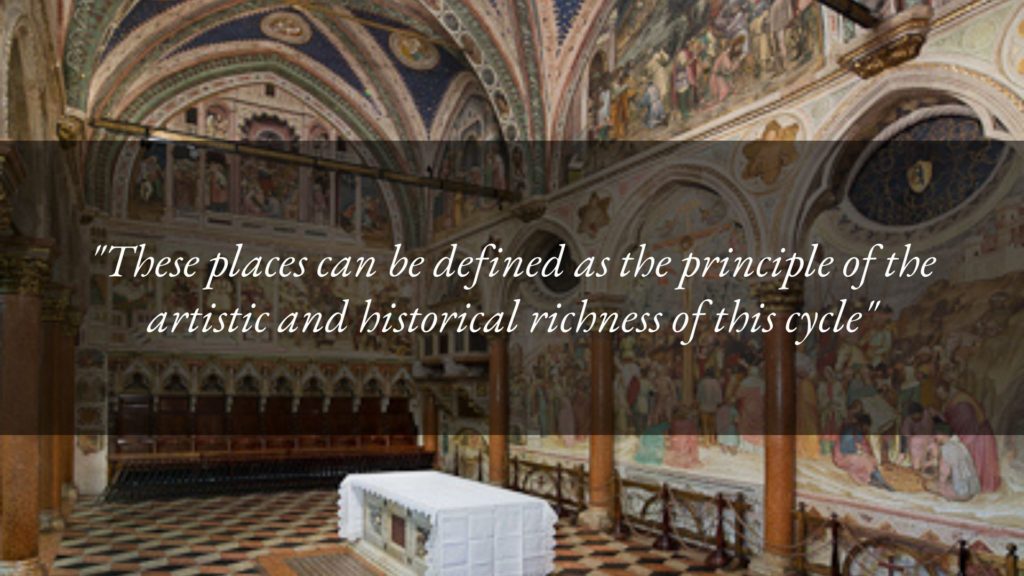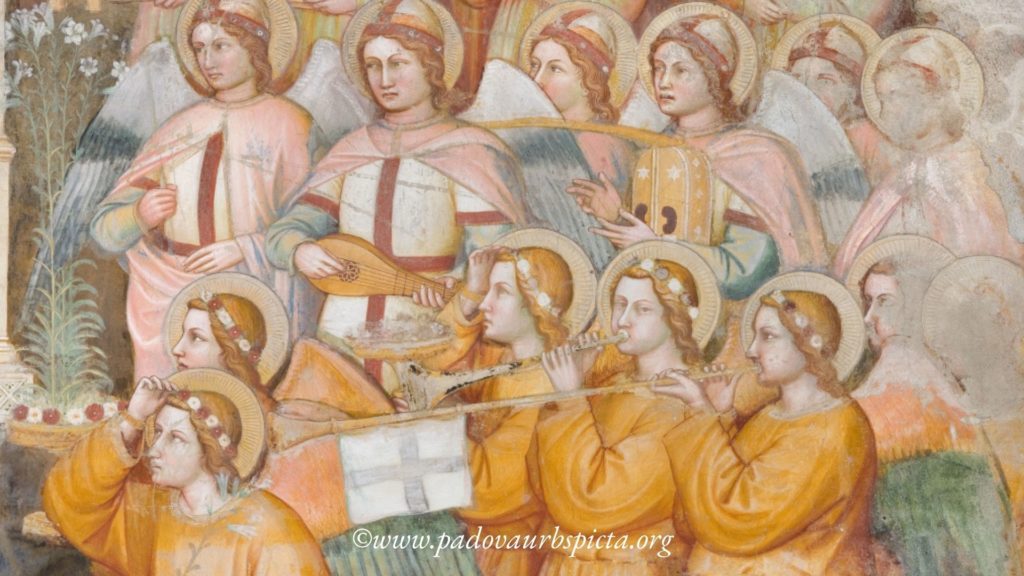
Padua Urbs Picta: the Basilica and the Convent of Sant’Antonio and the Oratory of San Giorgio
Less than a year has passed since the city of Padua was listed as UNESCO World Heritage Site. During this time the spotlight has been on Padua’s historic centre, which holds the treasures that earned her the prestigious award. The “Padova Urbs Picta” cycle of frescoes was always one of the essential stops on a visit to Padua, but now it is often a destination in and of itself.
In previous articles we discussed the beauty and history of two of the four stages of the cycle: the Oratory of San Michele and the Palazzo della Ragione together with the Baptistery. The time has now come to step slowly and with eyes full of wonder into the Antonian Citadel.
Basilica and Convent of Sant’Antonio, where it all began
These places can be defined as the principle of the artistic and historical richness of this cycle. It was in the Basilica del Santo (so-called by the Paduans) that Giotto created the works in which he laid the foundations of his research on the perspective and rendering of spaces (which we will explore deepen in our stop at the Scrovegni Chapel).

In the Basilica and the Convent of Sant’Antonio these works can be admired in the Chapel of the Madonna Mora, in the Chapel of the Blessings, and in the Chapter Hall; all were created between 1302 and 1303.
Moreover, in the Basilica you can see the works of major protagonists in the history of the fourteenth-century Paduan fresco: Giusto de ‘Menabuoi, Altichiero da Zevio and Jacopo Avanzi.
The Oratory of San Giorgio, the pictorial avant-garde
As close as this place is to the Basilica, from a temporal point of view it is far from the cycle of frescoes we are following. The works that can be seen in this mausoleum overlooking the churchyard of the Basilica of Sant’Antonio are dated between 1379 and 1384; they were created by Altichiero in collaboration with Jacopo da Verona.
If the frescoes of the Basilica and the Convent are perceived as the starting point, these can certainly take their place in the final part of the Cycle. The works follow the path initiated by Altichiero in the Chapel of San Giacomo; we note the search for perspective illusion, especially in the architecture, in the relationship between real and painted space. Also noteworthy is the new attention to the brightness of colour.

These frescoes have two outstanding features. On the one hand, they are “ innovative ” for the time because they anticipate the fifteenth-century spatial perspective; on the other hand, their following the Scrovegni Chapel model with a new Gothic style further distinguishes them.
It is therefore interesting to visit these two places on the Padova Urbs Picta cycle, in order to grasp the details of the works and listen to guides explain their surprising intertwining with Paduan history.
To contemplate the wonder of these frescoes, you can book your next trip to Padua and your stay at the Hotel Tritone by writing here or calling (+39) 049 8668099
